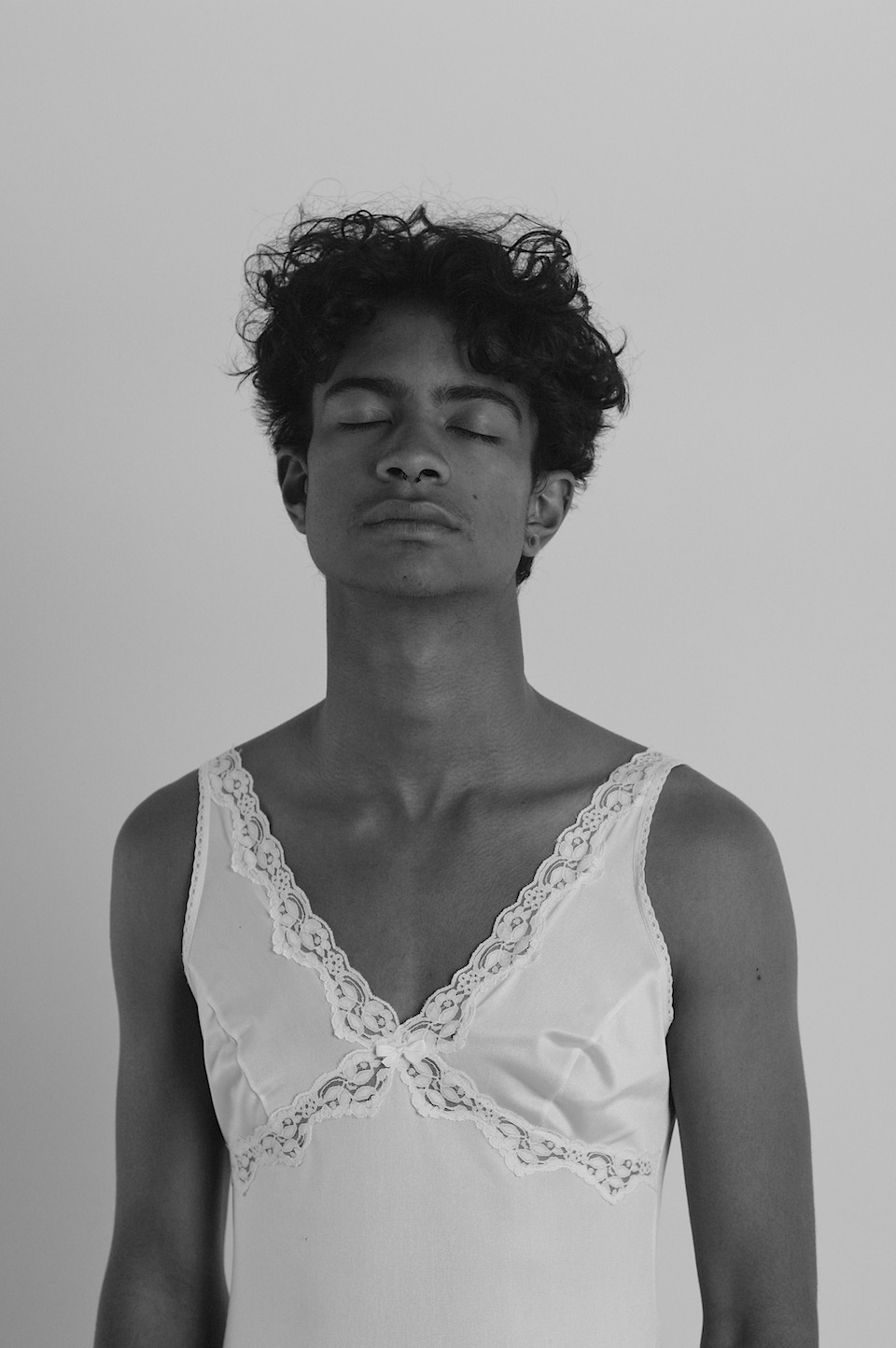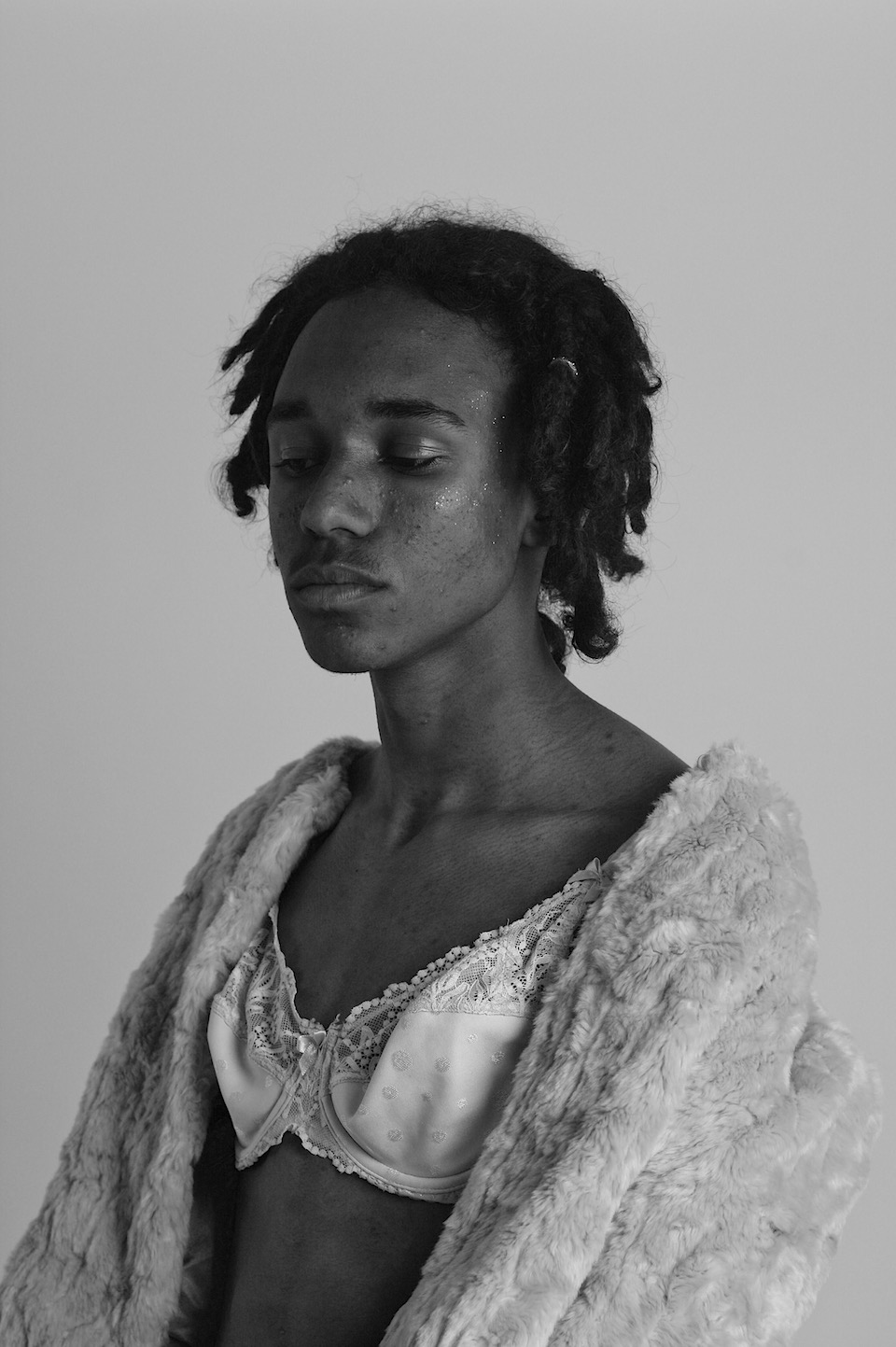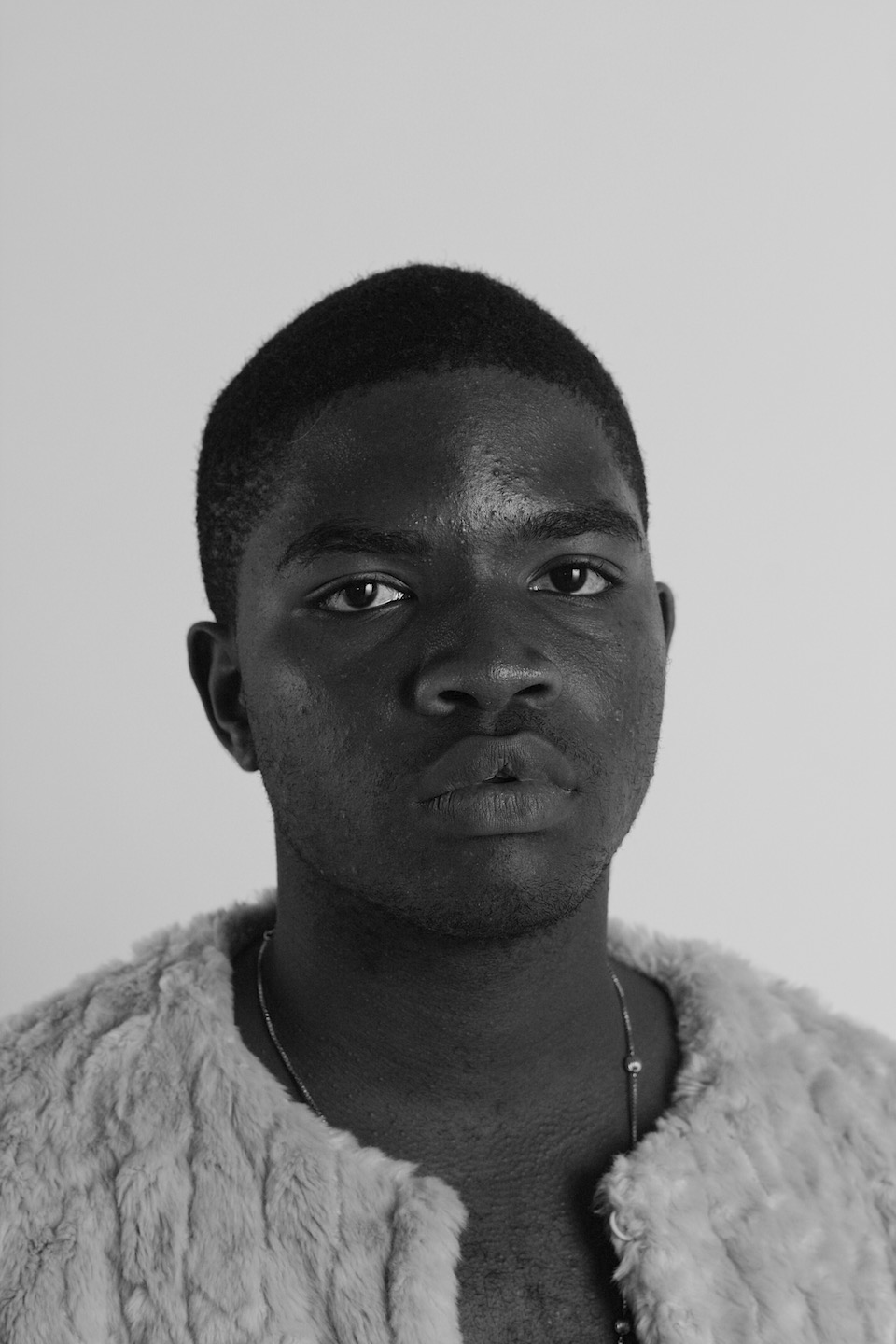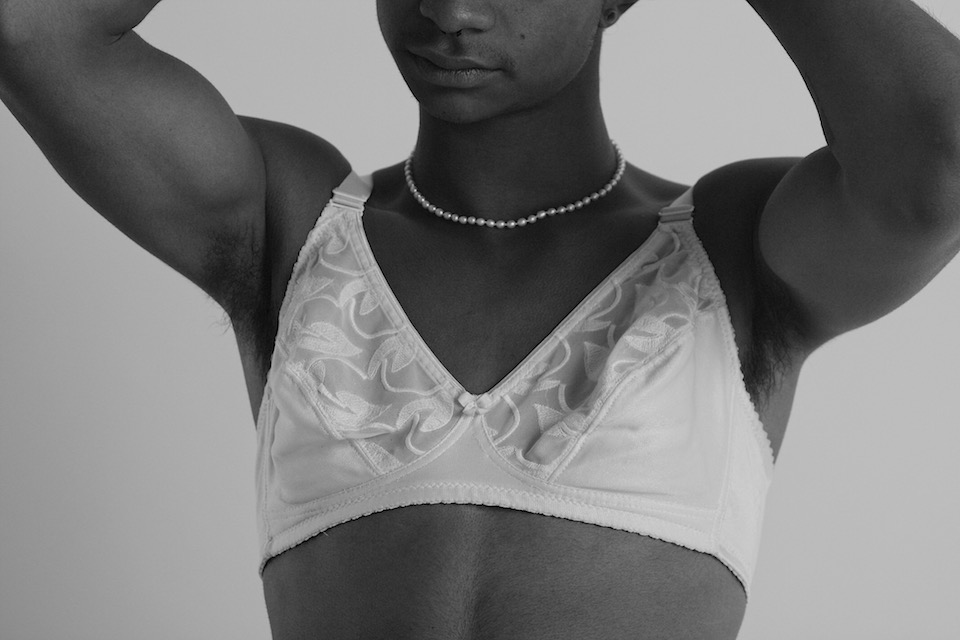Jemma Rose is an 18-year-old photographer based in Johannesburg. I met up with Jemma about two weeks ago to photograph her for a series I am currently working on. The session took on the tone of a social visit and we chatted about a variety of topics ranging from boys, girls, high school and our individual practices. It slowly took on an interview tone and we discussed her latest body of work, Boys.
Still being in high school, Jemma does not have formal training but her eagerness to learn urged her to ask photographers she knew questions about photography. In addition to this she attended free workshops and lectures that helped her groom her photographic eye and technique.
When asked about analogue vs. digital she responds, “I can hear the hipster mob outside right now, screaming ‘film is not dead!’ Like, yeah man, it never was, chill.” Jemma tells me that she started playing around with film a number of years ago just for fun but more recently she is making an active decision to work in the format as it pushes her to be a better photographer.

I do agree with Jemma on this matter as I have in recent months also started working more and more with my trusty Canon film camera. The mayor challenge therein lies for photographers who started creating images digitally, is that there is no LCD display (liquid crystal display) in the analogue format, meaning that you literally do not know what you are getting when you photograph. This forces you to know your film camera better than any other form of equipment you will ever own.
Knowing exposure combinations and understanding lighting conditions as well as how your ISO, shutter speed and aperture play together is crucial. So yes Jemma, analogue does push you to be a better photographer. In addition to this, the fact that you only have 36 frames means that you need to take more calculated shots.
Jemma’s recent body of work is a series titled simply as Boys. The series is a collection of photographs taken of young males dressed in feminine underwear and attire all photographed in black and white. Jemma tells me that this project is an exploration into the destructive nature of the way in which hypermasculinity is idealized, as well as the importance of gender expression and identification in an individual.

Explaining the process that was followed to create this body of work, Jemma states that she asked some of her friends who identified as males to model for her. On the shoot day she showed each one of them a collection of her grandmother’s old lingerie and they were asked to select pieces from the collection that they liked. They were permitted to choose their own accessories if they wanted such as fur, pearls and glitter. “As they put the items on, I tried to photograph their emotional reactions – I wanted to capture how their gender expression changed in the presence of hyper-feminine clothing.”
Jemma expresses that this project is extremely personal for her, “Growing up in South African society, in which a strict gender binary is still very much embedded in our collective consciousness, I found it difficult to explore my sexuality and gender fluidity.” As she grew older, however, she started questioning the reasons behind why people are still stuck in out-dated gender roles, and why it’s difficult to break away from them.
Her aim with this series was to subvert commonly held ideas surrounding masculinity and gender expression as the models’ emotional reactions were captured. “Some of them were clearly uncomfortable wearing hyper-feminine clothing, while others seemed more fluid, and more powerful.” Jemma explains that the most important aspect of the process lay in the different emotional reactions of the models and form a part of their gender expression.

When asked why she opted to photograph this series in black and white, Jemma explains that for her, black and white represents the gender binary. “In the images, instead of just pure white and black, the viewer can see so many shades of grey, and this is a metaphor for the spectrum of genders and sexualities that actually exist within people.”
Boys, Jemma’s ongoing body of work is an example of a series that has achieved what she as an artist was striving for. It shares with its viewer in striking black and white and grey tonal range imagery a very real, non-constructed intimacy. Jemma’s Boys asks questions about normal conceptions of what it means to be male today and is all together a powerful body of work. Many photographers have approached this subject before but I believe what makes Jemma’s Boys stand out and have it’s own voice is the meaning behind her black and white images and the authenticity of the emotions that she was able to capture in this series. Boys will be on display at the Joburg Fringe, an independent annual art fair from the 6th to the 10th of September at 24 Victoria Road corner Viljoen, Lorentzville.




















































